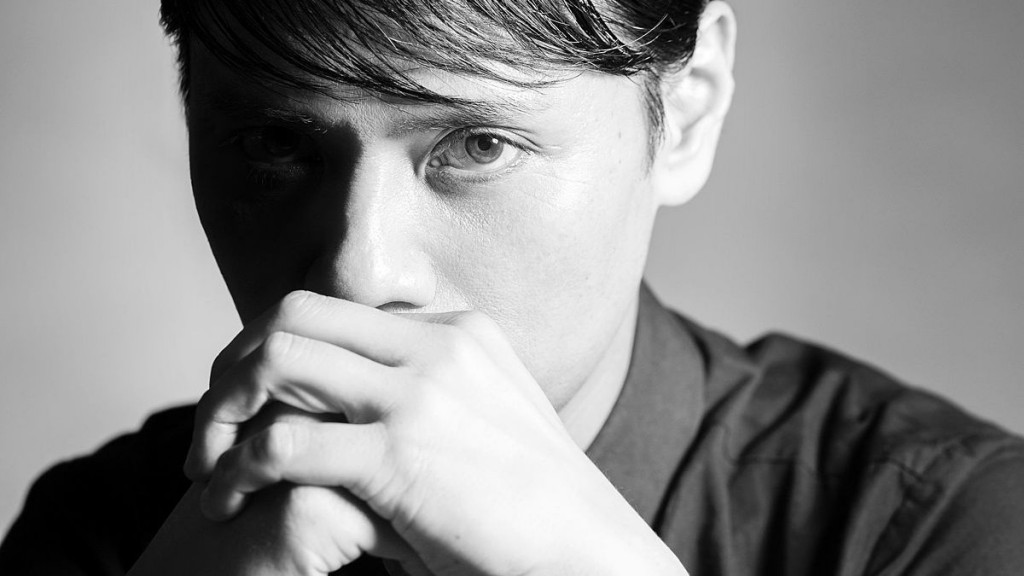Throwback Fuji: A History Lesson Of Notable Acts Making A Return At This Year’s Festival
- July 7, 2017 ● Bands, From Fujirockers.org

Shinichi Osawa’s Mondo Grosso is one of the projects making a comeback at Fuji Rock 2017
Yeah yeah, exciting new bands and genre-bending electronic acts, plenty of that at Naeba…sometimes, you <em>want</em> a throwback to a different time, and Fuji Rock Festival 2017 has a wide variety of performers who have been honing their craft over the last few decades. This year’s line-up, in particular, offers up a convenient timeline of Japanese music, featuring influential acts from the 1960s and breakthrough producers from the Aughts on the bill. It’s not quite a comprehensive history of Japanese music, but here are five acts from five different decades worth checking out in a few weeks.
1960s — The Golden Cups
The 1960s in Japan were dominated by Group Sounds bands, outfits merging Japanese sounds with Western rock (or, at their worst, covering Beatles’ tunes straight up). The Golden Cups were one of the best acts from this genre, managing to play driving rock tunes that would have felt at home on American radio along with a few sludgier, psych-tipped numbers that gave them a surprising edge other bands from this decade mostly lacked. They’ll take to the Field Of Heaven on Saturday.
1970s – Hikashu
Slightly cheating here, as new wave oddballs Hikashu mostly existed in the 1980s…but they started in the late ’70s, and you’ve already clicked through so what are you going to do, close the tab? The outfit represented the wonkier end of synth-pop that became popular in Japan before the turn of the ’80s, with their songs full of yelps and cheap-but-endearing keyboard notes. It’s the energy they bring to these songs, though, that make them stand the test of time, and will probably make their Cafe De Paris show on Friday night a highlight.
1980s – Jun Togawa
The 1980s were the golden age of idol pop music in Japan…and Jun Togawa added her own twist to it with her darker, at-times claustrophobic take on the style. Few artists in Japanese history have had more of an influence than her, introducing a passion and more twisted take on pop that has influenced the likes of Shiina Ringo and Oomori Seiko. She plays Sunday afternoon with the Osaka heavy metal band Vampilia.
1990s – Scha Dara Parr
Rap trio Scha Dara Parr were one of the first hip-hop units to breakthrough to greater awareness in Japan, partially thanks to being chucked into the Shibuya-kei bucket alongside Pizzicato 5 and Flipper’s Guitar, but also because their fun, tag-team approach to rhyming won over listeners looking for something playful in the then-burgeoning style. They haven’t retreated far from the public eye since, but this summer have already released two new songs (see one above), and are set to take the Red Marquee stage on Friday evening.
2000s – Mondo Grosso
Another one mostly from the ’90s, but Mondo Grosso experienced their most success in Japan in the early 2000s with the song “Life.” The project started well before that, almost a decade earlier, in Kyoto, and initially leaned closer to acid-jazz tunes and the sort of numbers you’d hear in a lounge that charges way too much for a gin and tonic. Yet Mondo Grosso evolved over the years, moving in a more floor-focused direction and shedding members until it was real just the project of Shinichi Osawa (a celebrated DJ under his birth name). After a long hiatus, the Mondo Grosso project came back with a dreamy new album (listen to the single “Labyrinth” above) and a lot of looks from the media. Check them out late at the Red Marquee Saturday.



